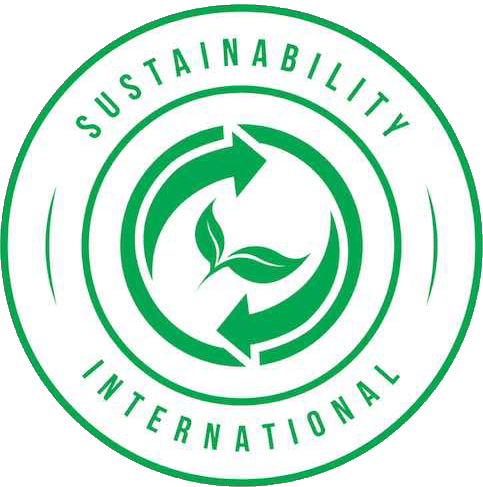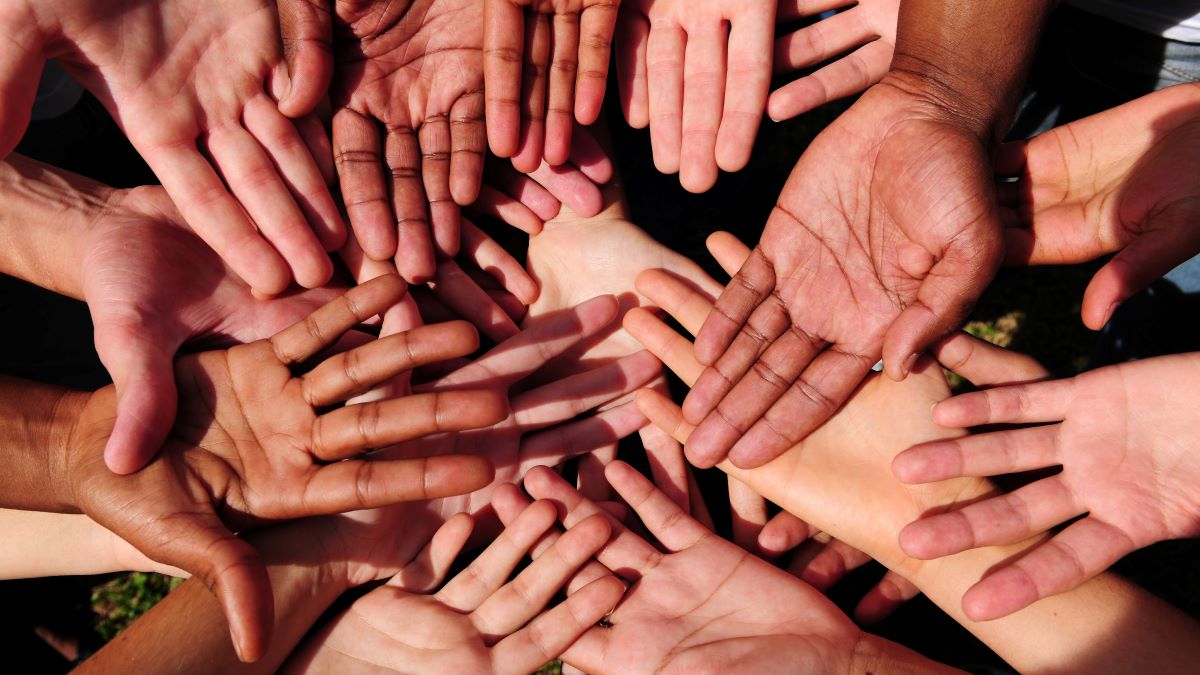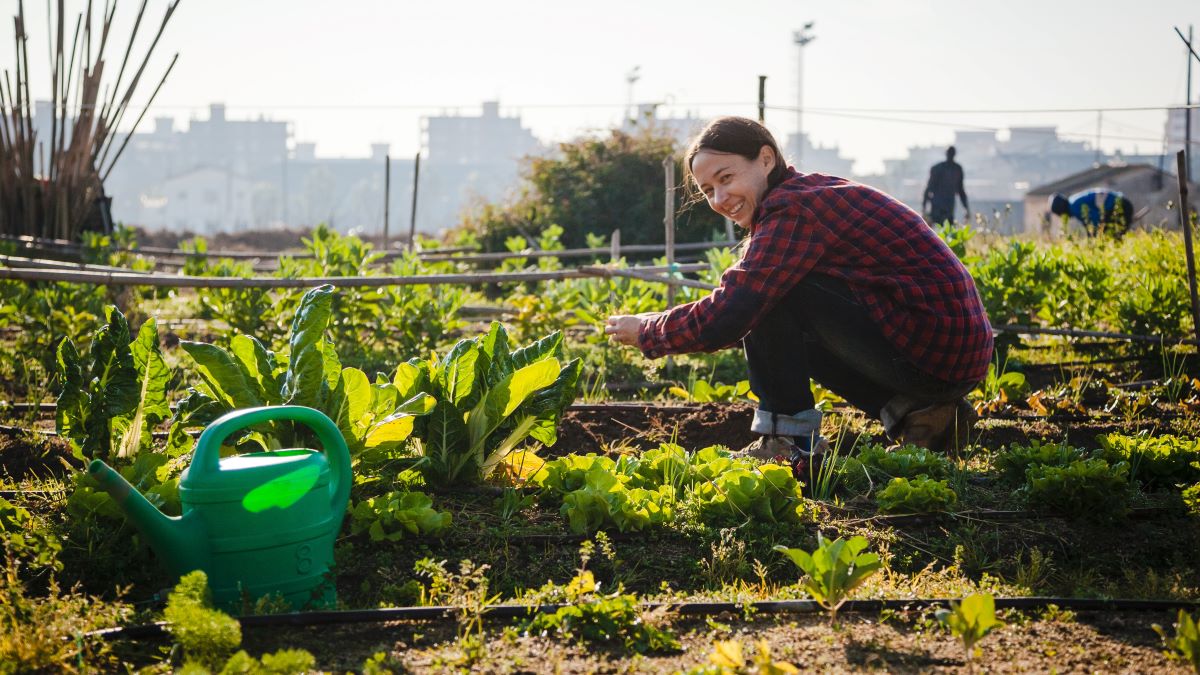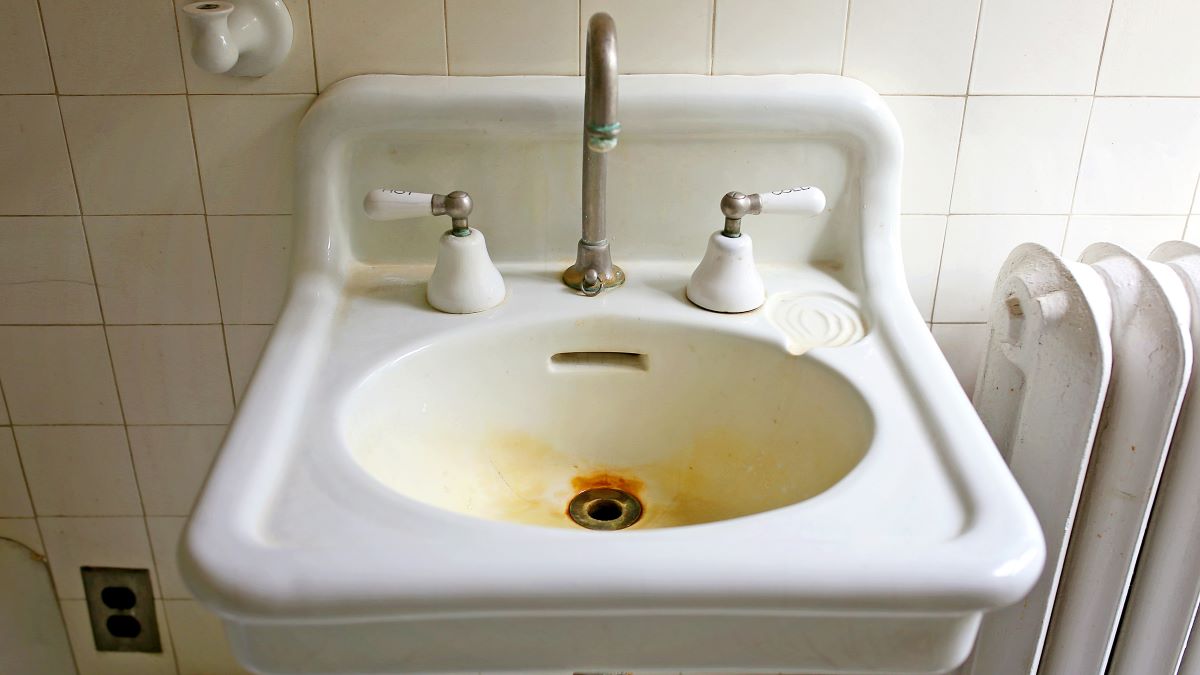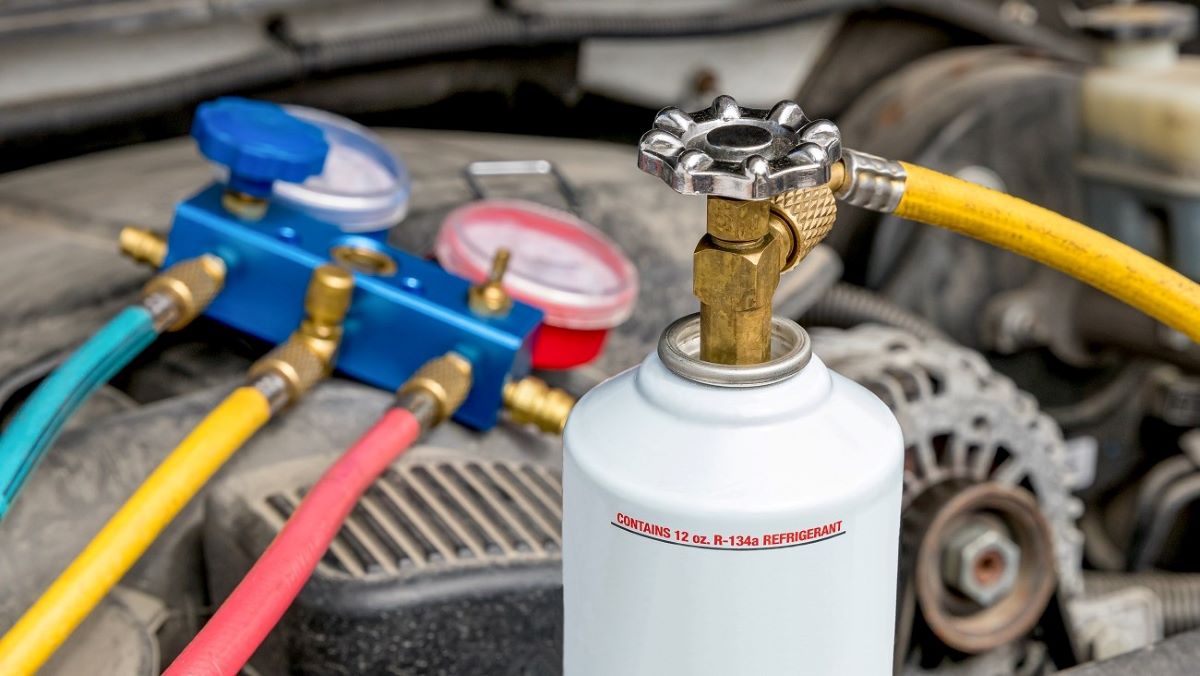
by Ariana | sustainability
The Red List is a list of “worst in class” materials, chemicals, and elements that the green building industry tries to avoid. Even if you are not a construction professional, knowing about these materials and which products are made from them can help you make your...
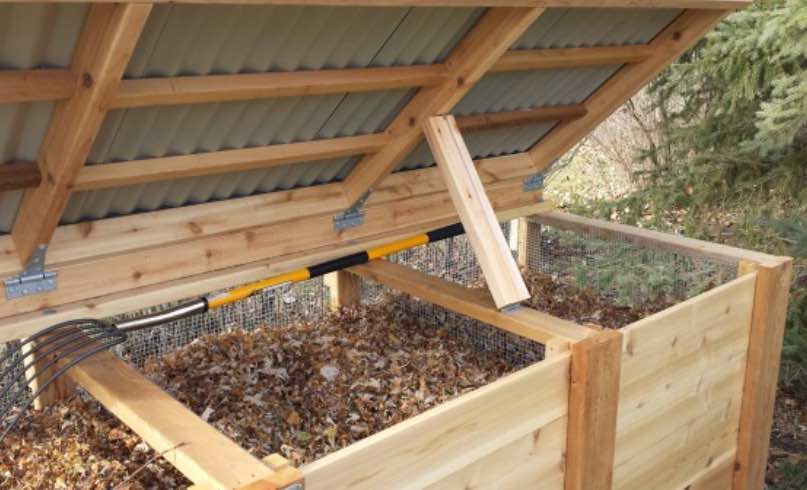
by Guest Post | sustainability
The idea of composting is a great way to reduce your carbon footprint and go green, but unless you know the difference between biodegradable and compostable, you might not be doing all that you can. Yes, they are two entirely different things! So, what sets them apart...
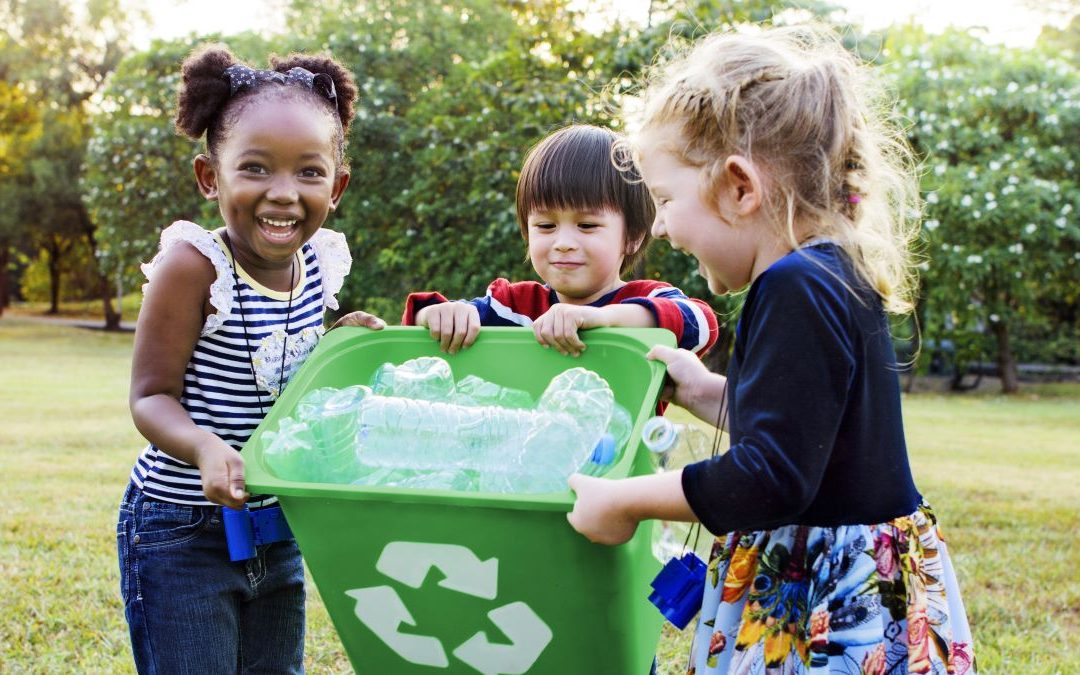
by Mary McDonald | sustainability
Our children care deeply about the environment. You can see this even in young children. Ask a first grader to tell you about their favorite animals. They’ll undoubtedly tell you that those animals — whales, elephants, wolves, butterflies, turtles — are endangered...
by Earth911 | sustainability
As climate change transforms our environment planning for retirement becomes more complex. The increasing occurrence of heatwaves, wildfires, and drought, as well as hurricanes and flooding, are all recipes for disaster in the lives of seniors not well suited to cope...
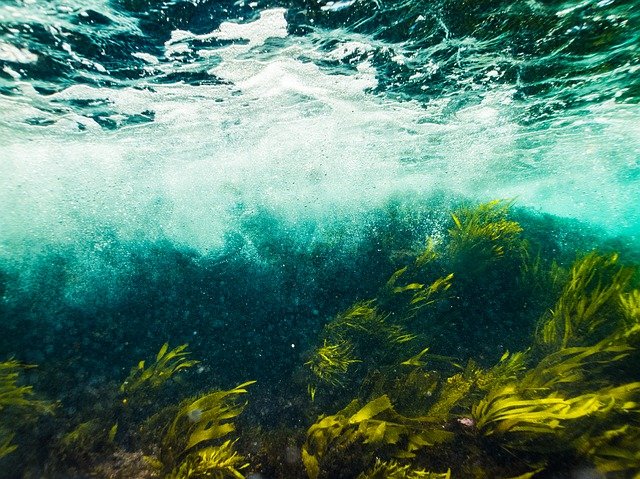
by Sarah Lozanova | sustainability
Concern for single-use packaging and plastics in the oceans has skyrocketed in recent years as the consequences of our throwaway culture have become evident in all parts of the world. In fact, studies have shown that the American public is equally or even more...
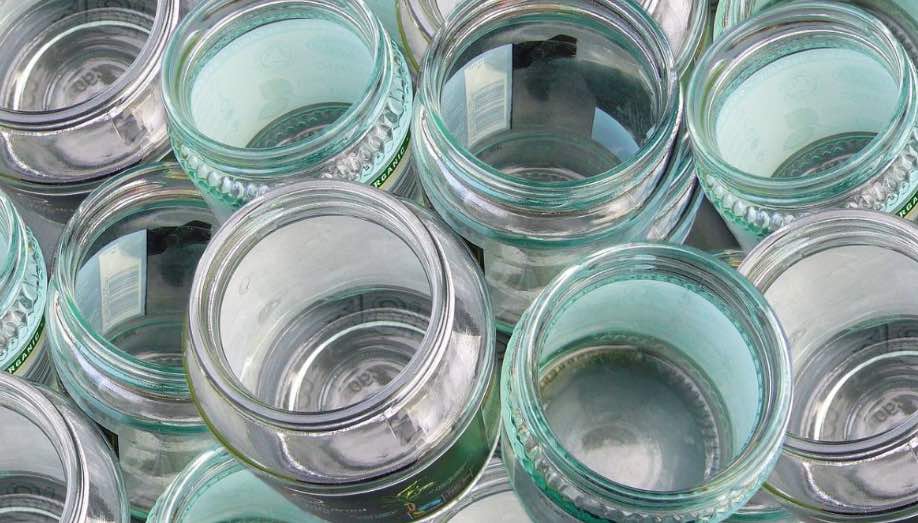
by Audrey Holmes | sustainability
I used to think that plastic water bottles could be infinitely recycled, that every time I tossed one into the blue bin, it eventually came out to be another plastic bottle. As it turns out, that’s not the case. Some materials can be recycled infinitely, but plastic...






